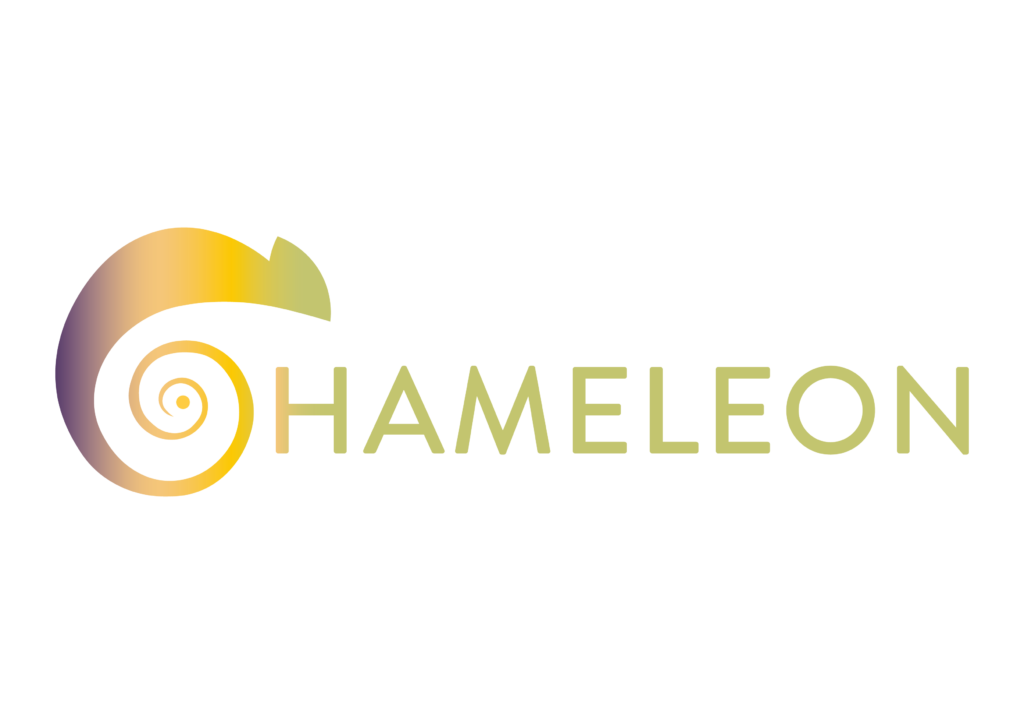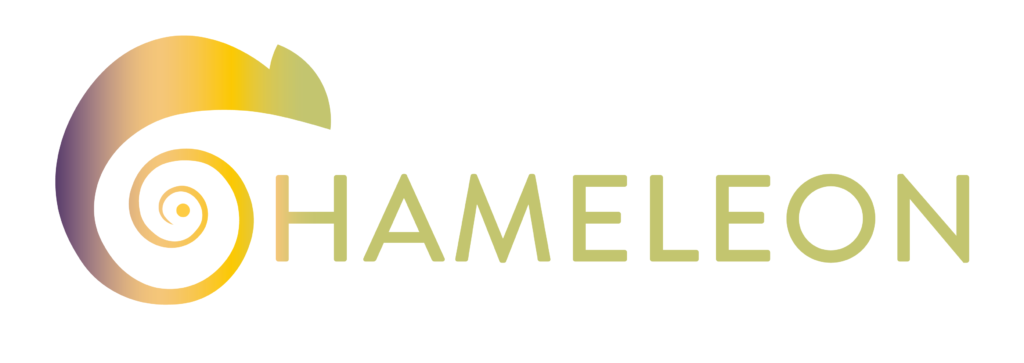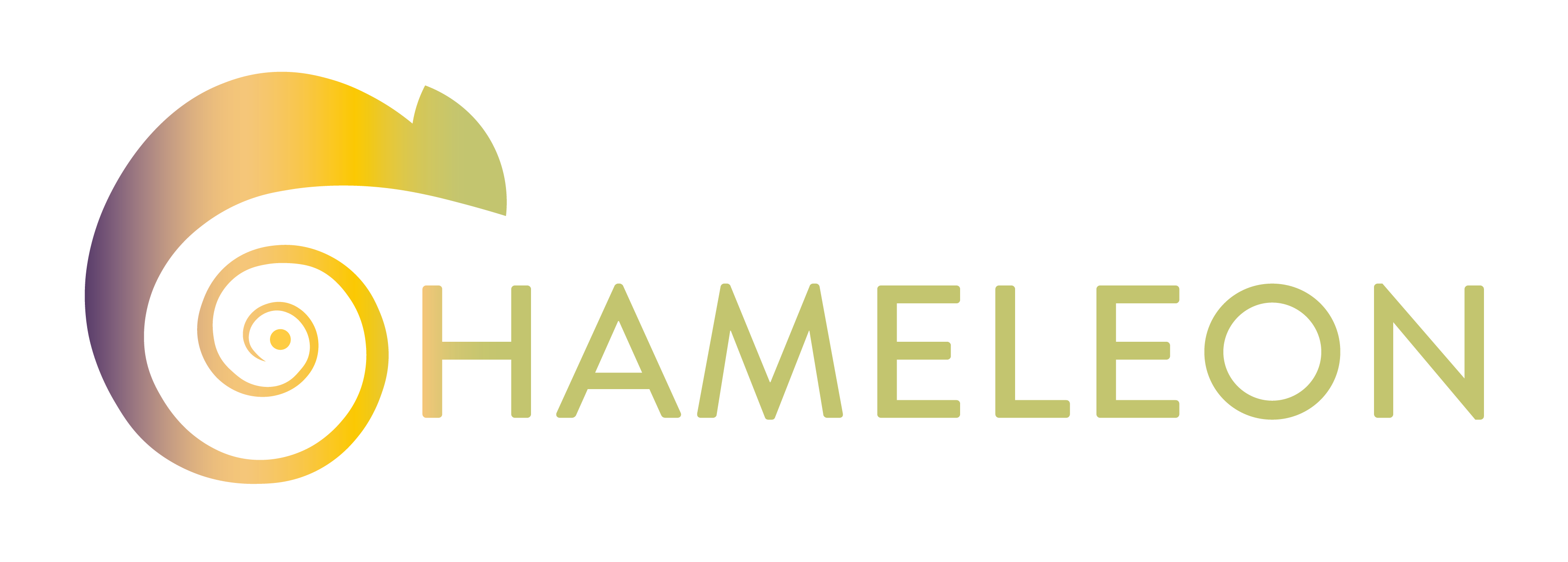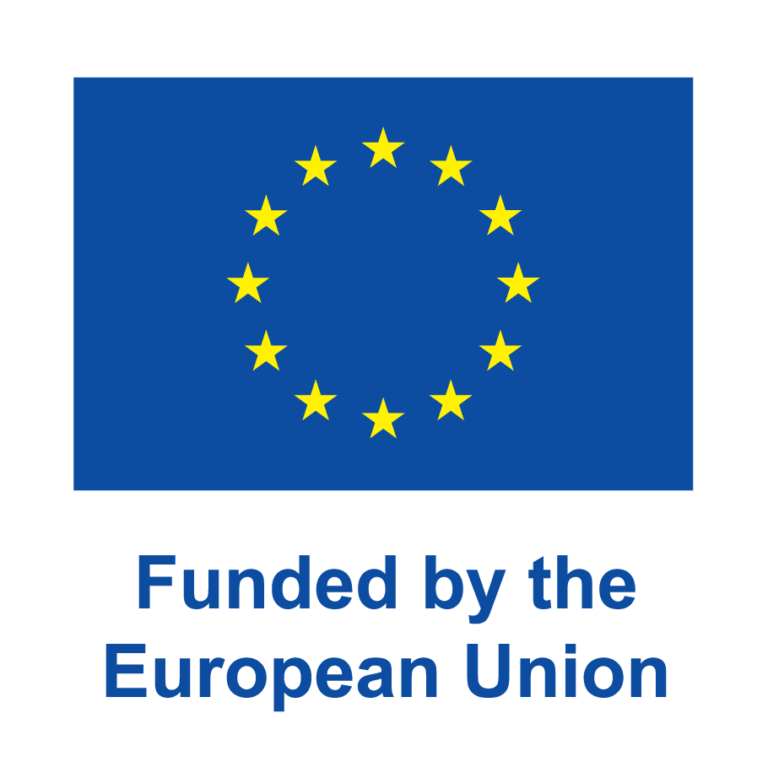Interviews: AUMAYR, Georg (JOAFG)



Mr. AUMAYR, Georg
LEAR/CEO at Johanniter Österreich Ausbildung und Forschung gem. GmbH (JOAFG)

What is your role in CHAMELEON?
JOAFG is an ambulance and care service in Austria. With the research department, we mix the competences of applied sience and practitioners backgrounds to projects. For CHAMELEON, we are supporting SSH developments, ethics and is leader of the Pilot-Workpackage. With the background from disaster management and drone usage for reconnaissance, JOAFG provides feedback in organisational elements, planning actions and evaluation schemes. Furthermore, with the Austrian pilot, JOAFG is representing use cases related to natural disaster and agricultural/forestall economy, as disasters and heavy weather is affecting in the recovery and preparation phase of diasasters disaster management and economy as well.

How does your expertise contribute to the overarching goals of the CHAMELEON project?
My department is working for 12 years in research at Johanniter. In this time, we did a lot of piloting actions, from clinical RCTs to field exercises of Search and Rescue Missions. We also worked a lot on requirements definitions and evaluation of technical developments of our projects. From UX to TAM, we used a wide fundus of methodologies and mixed them with our background from social science and mission evaluation. This mixed method approach allows us to address multiple dimensions of the solutions of CHAMELEON and to give feedback on special aspects, that could support the added value of what CHAMELEON is developing.

What are the main advantages CHAMELEON will bring to European citizens?
From our perspective, it is the mixture of highly specialized systems for economy and the usage of this technology for disaster preparedness and prevention. Additionally to this, the local forest economy for family businesses can be supported by CHAMELEON in that way, that all necessary information for regional funding can be assessed by the CHAMELEON system and provided in an objective and comprehensible way for funding agencies. By this, the sustainability of small scale economy in Europe can be supported and kept alive. This is also boosting the general resilience of the ecosystem in agriculture and secures the sustainable economy on regional level.

How is CHAMELEON designed to be user-friendly for those less familiar with technology in rural settings?
In the CHAMELEON pilots, we are preparing a training for the users in advance, so they can profit the most from the system. This is also part of the diversity agenda of CHAMELEON, that we develop for people with multiple education background and technology experience levels. By this, we hope to ensure the best access and usability for all users and not just for “early adopters”.

What feedback mechanisms are in place for rural inhabitants to voice their concerns or suggestions about CHAMELEON?
This is an integral part of the evaluation. Already when the project started, the requirements and concerns from users were collected. They are assessed at the advisory board of CHAMELEON and will feed then in the further developments. Before the pilots, at the training, further concers are documented and discussed at the advisory board. This will then feed into the deliverables of the pilot evaluation together with the results from the pilot and the debriefing of the users, where the final experience is discussed to see where further improvement is necessary. So all in all, the concerns of rural inhabitants find their reflection in the development process of CHAMELEON to ensure a high acceptance from all sides.




